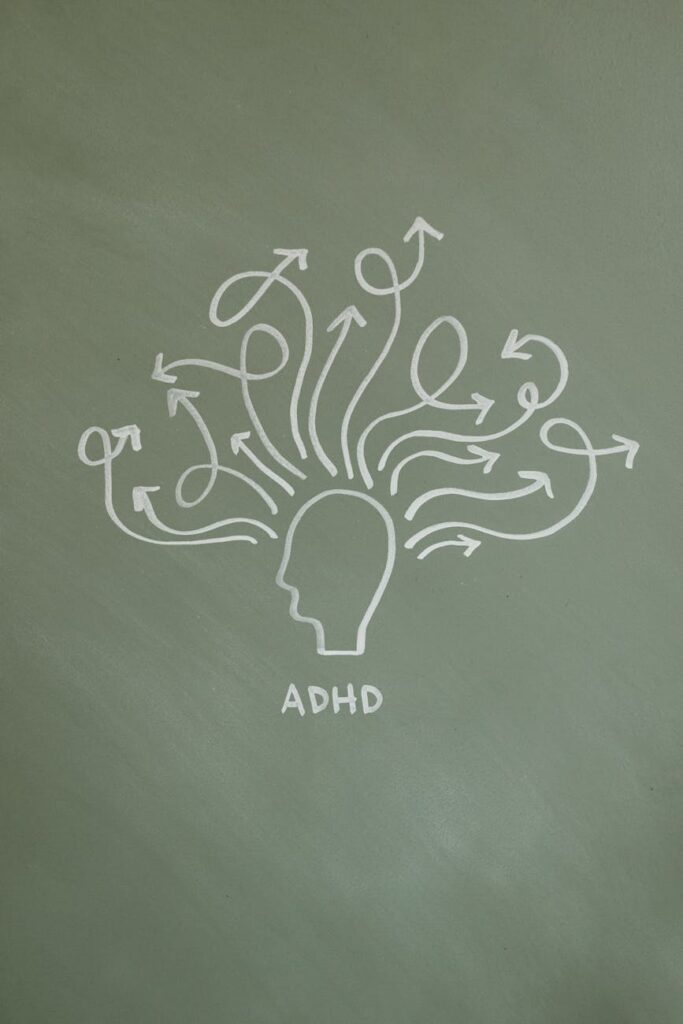What is distraction awareness?

What is distraction awareness?
In today’s fast-paced world, staying focused can feel like an uphill battle. From constant notifications on our smartphones to the distractions of a bustling office, finding a way to maintain our attention can be challenging. This is where distraction awareness comes into play. It’s about recognizing the things that pull our focus away from tasks we need to accomplish, whether in personal life or at work. Understanding this concept can significantly enhance our productivity and overall well-being.
Understanding Distraction Awareness
Distraction awareness refers to the ability to identify and acknowledge the distractions that impede our focus. This awareness is essential not just for individual productivity but also for fostering a healthier work environment. By understanding what distracts us, we can take steps to minimize these interruptions.
What is Distraction?
At its core, distraction is anything that diverts our attention from what we’re currently doing. It can take many forms in our daily lives:
- Digital Distractions: Notifications from social media, emails, and text messages.
- Environmental Distractions: Noisy surroundings, cluttered desks, or interruptions from colleagues.
- Mental Distractions: Wandering thoughts or concerns about personal matters.
These distractions can significantly affect our ability to concentrate and complete tasks efficiently.
The Importance of Awareness
Being aware of distractions is crucial for improving focus and productivity. When we recognize what pulls our attention away, we can implement strategies to deal with these interruptions. This awareness allows us to cultivate a more focused mindset, ultimately leading to greater efficiency in our personal and professional lives.
Techniques for Cultivating Distraction Awareness
Building distraction awareness doesn’t happen overnight. It requires intentional effort and practice. Here are some practical methods to enhance your distraction awareness in various environments.
Mindfulness Practices
Mindfulness techniques are effective in helping individuals recognize distractions as they arise. Engaging in mindfulness can include activities such as meditation, deep breathing, or simply taking a moment to pause and reflect. By practicing mindfulness, you train your mind to stay present, making it easier to identify when distractions occur.
Setting Boundaries
Establishing clear boundaries can help minimize distractions. This might involve:
- Designating Work Hours: Communicate your availability to colleagues and friends.
- Creating a Distraction-Free Zone: Set up a workspace that’s free from clutter and noise.
- Limiting Social Media Use: Allocate specific times for checking notifications instead of constantly monitoring them.
By setting these boundaries, you can create a more conducive environment for focus.
Using Technology to Aid Awareness
Embracing technology can also aid in distraction awareness. There are several apps and tools designed to help you track and manage distractions. For instance, applications like Forest encourage you to stay focused by gamifying your productivity. Alternatively, time-management tools such as Toggl allow you to monitor how your time is spent, helping you identify patterns in your distractions.

Photo by Tara Winstead
Benefits of Distraction Awareness
Cultivating distraction awareness comes with numerous advantages, both personally and professionally.
Improved Focus and Concentration
One of the most significant benefits of being aware of your distractions is the improvement in focus and concentration. When you know what distracts you, it becomes easier to redirect your attention back to the task at hand. This heightened awareness leads to clearer thinking and better problem-solving skills.
Boosted Productivity
With enhanced focus comes increased productivity. When distractions are minimized, you can accomplish tasks more efficiently. As a result, you find that you have more time for other activities, whether work-related or personal. This balance is essential for maintaining a healthy work-life dynamic.
Challenges in Developing Distraction Awareness
While the benefits are compelling, developing distraction awareness isn’t without its challenges. Many people struggle with common obstacles that hinder their progress.
Overcoming Digital Distractions
Digital distractions, particularly from smartphones and computers, can be overwhelming. To tackle this issue, consider implementing strategies such as:
- Turning Off Notifications: Limit alerts for non-essential apps during work hours.
- Using Focus Mode: Many devices now include features that temporarily restrict access to distracting apps.
By consciously managing your digital interactions, you can lessen their impact on your focus.
Managing Environmental Distractions
Physical environments can also play a significant role in distractions. To create a more productive workspace:
- Organize Your Space: Keep your desk tidy and organized to reduce clutter.
- Control Noise Levels: Use noise-canceling headphones or soft background music to minimize disruptive sounds.
These strategies can help you cultivate a more focused work environment.
Conclusion
Distraction awareness is a vital skill in today’s distraction-heavy world. By recognizing what pulls our attention away, we can implement effective strategies to improve our focus and productivity. Embracing mindfulness practices, setting boundaries, and utilizing technology can empower you to overcome distractions and create a more productive environment. So why not start today? Take a moment to reflect on your distractions and begin your journey towards greater distraction awareness!